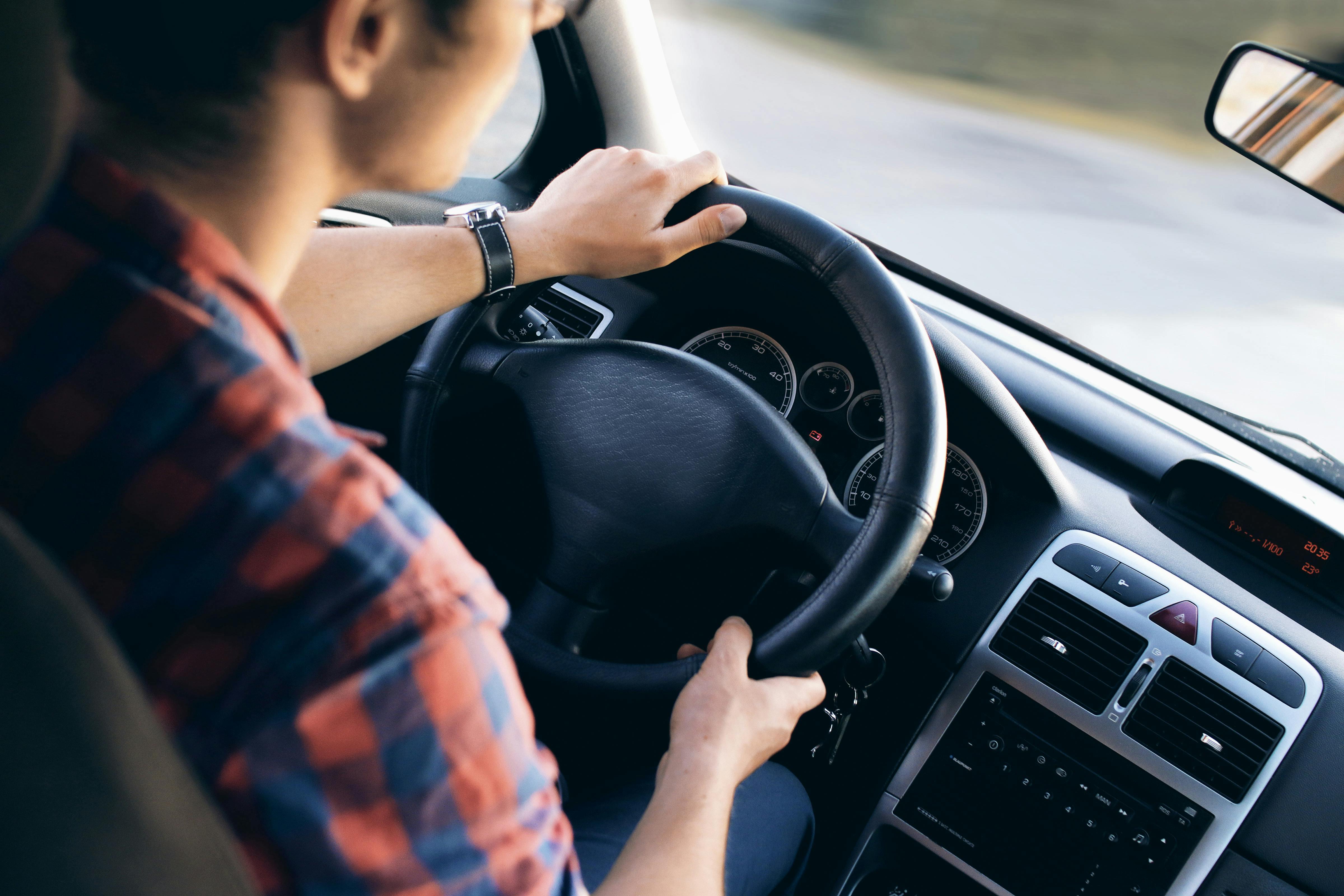
Recovering from a stroke can be a challenging journey, particularly when it comes to regaining independence in daily activities. One of the most significant milestones for many stroke survivors is the ability to drive again. From an occupational therapy perspective, assessing and supporting the return to driving involves several crucial considerations. Let’s explore the role of occupational therapy in this process.
1. Understanding the Impact of Stroke on Driving
A stroke can affect various cognitive and physical abilities, including:
Motor Skills: Weakness or coordination issues on one side of the body can impact a person’s ability to operate a vehicle safely.
Cognitive Function: Memory, attention, judgment, and problem-solving skills may be affected, influencing the ability to react to road conditions and make quick decisions.
Vision: Changes in vision, such as field cuts or visual processing issues, can hinder a person's ability to see and interpret their surroundings while driving.
2. Comprehensive Assessment
Occupational therapists play a key role in evaluating a stroke survivor’s readiness to drive again. This assessment typically includes:
Physical Evaluation: Assessing strength, range of motion, and coordination to determine if the individual can handle the physical demands of driving.
Cognitive Assessment: Evaluating cognitive skills, including attention, memory, and executive functioning, to ensure the person can process information and respond appropriately while driving.
Vision Screening: Checking visual acuity and peripheral vision to ensure safe driving capabilities.
3. Customized Interventions
Based on the assessment, occupational therapists can develop individualized intervention plans that may include:
Rehabilitation Exercises: Strengthening and coordination exercises to improve motor skills necessary for driving.
Cognitive Training: Activities designed to enhance attention, memory, and decision-making skills that are essential for safe driving.
Vision Therapy: Strategies to improve visual processing and awareness, helping individuals adapt to any changes in their vision.
4. Adaptive Equipment and Modifications
For some stroke survivors, adaptive devices may be necessary to facilitate safe driving. Occupational therapists can recommend modifications, such as:
Hand Controls: For individuals who have difficulty using foot pedals due to weakness or coordination issues.
Steering Aids: Devices that provide better grip or leverage for those with limited upper body strength.
Seat Adjustments: Ensuring that the seat position allows for optimal visibility and control of the vehicle.
5. Driving Simulators and On-Road Evaluations
Occupational therapists may utilize driving simulators to provide a safe environment for individuals to practice driving skills before getting on the road. After sufficient practice, an on-road evaluation can be conducted to assess driving abilities in real-world conditions.
6. Education and Support
Returning to driving is not just about physical capability; it also involves understanding the responsibilities that come with it. Occupational therapists can provide education on:
Road Safety: Reviewing traffic laws and safe driving practices.
Self-Monitoring: Encouraging individuals to assess their own readiness to drive, recognizing when fatigue or discomfort may impair their ability to do so safely.
Support Networks: Connecting stroke survivors with support groups and resources to share experiences and gain encouragement from others who have faced similar challenges.
7. The Importance of Ongoing Evaluation
Even after successfully returning to driving, ongoing evaluation is crucial. Occupational therapists can help individuals periodically reassess their driving skills and make necessary adjustments to their rehabilitation plans as their condition evolves.
Driving after a stroke represents a significant step toward independence for many individuals. Occupational therapists are essential in this process, providing comprehensive assessments, customized interventions, and ongoing support to ensure safe driving practices. With the right guidance and resources, stroke survivors can regain their confidence and enjoy the freedom of the open road once again. If you or a loved one is navigating this journey, consider reaching out to an occupational therapist to explore the best path forward.